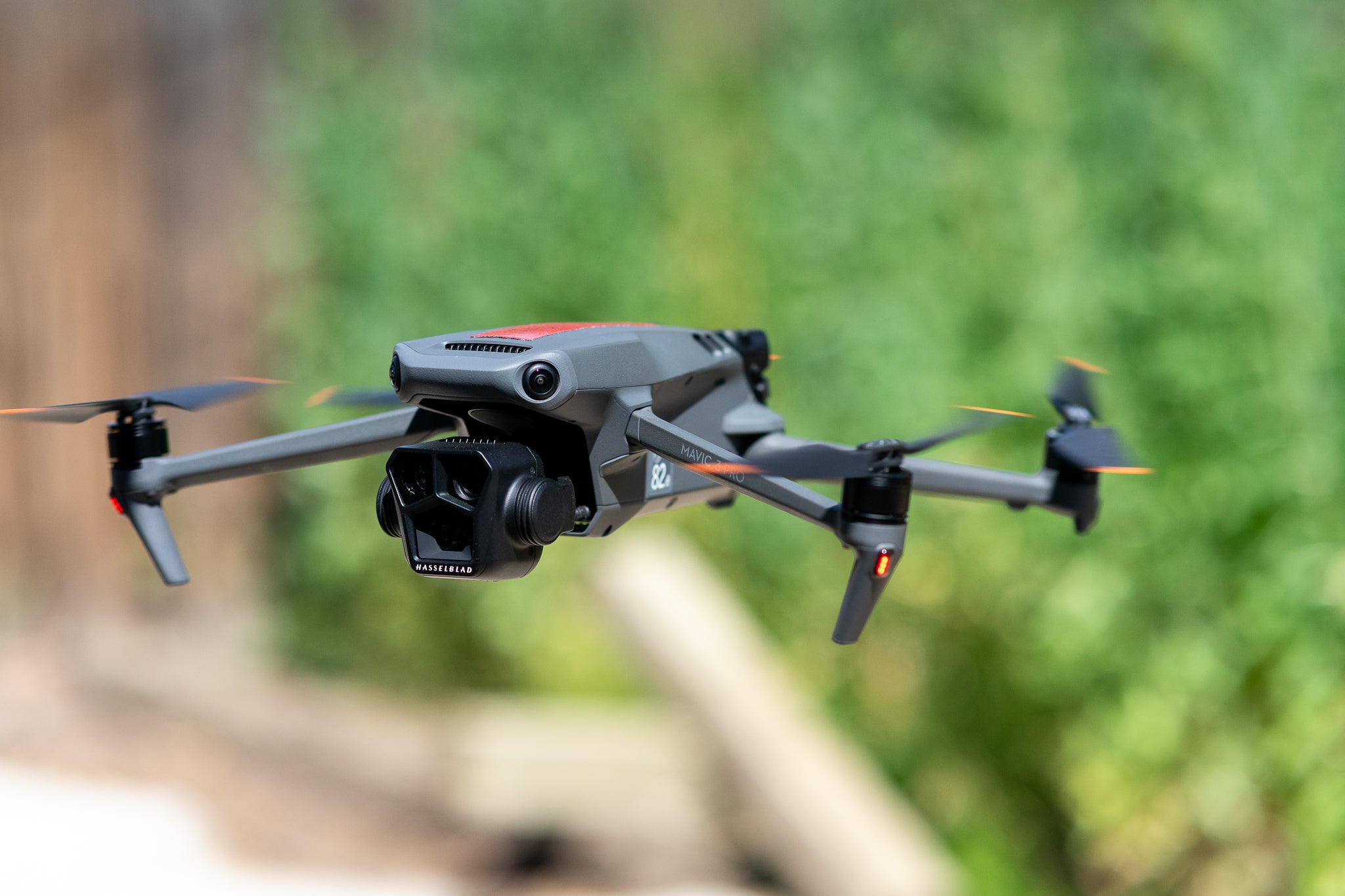What is RTK Drone and How Is It Changing Photography?
In the world of professional photography, precision and accuracy are key, especially when capturing stunning aerial images. An emerging technology that has been making waves in the industry is the RTK drone, or Real-Time Kinematic drone. RTK drones are revolutionizing how photographers approach their work by providing advanced positioning capabilities that significantly enhance the quality and effectiveness of aerial photography.
So, what exactly is an RTK drone? Essentially, it is a type of unmanned aerial vehicle (UAV) equipped with a specialized system that enables it to determine its precise location using high-accuracy GPS data. By using correction signals from a base station, RTK drones can achieve centimeter-level accuracy. This is a game-changer for photographers who require precise geographic positioning for their shots.

How RTK Drones Work
To better understand what an RTK drone can do, let's delve into its operational mechanics. RTK stands for Real-Time Kinematic, a technology used in satellite navigation that enhances GPS accuracy. Without RTK, standard GPS might provide accuracy within a few meters. However, RTK can cut that down to mere centimeters!
This is accomplished through a simple yet effective process. A ground station, known as the base station, is set up in a fixed location, providing real-time correction signals to the UAV. The drone's GPS receiver then uses these signals to adjust its location data, leading to enhanced precision. This level of accuracy is critical for activities such as surveying or mapping, where even minor errors can lead to significant discrepancies.
Benefits for Professional Photographers
1. **Precision in Mapping and Surveying:** For many professional photographers, RTK drones allow for incredibly precise mapping and surveying tasks. This is especially beneficial in industries like real estate and construction where accurate site assessments and imaging are essential.
2. **Enhanced Aerial Imaging:** RTK drones can maintain their position accurately even in challenging conditions. This stability enhances the quality of aerial imaging, leading to sharper images and better overall results.
3. **Post-Processing Efficiency:** With RTK data, the need for extensive post-processing is minimized. Photographers can spend more time creating and capturing than adjusting various data sets in post-production.
4. **Cost-Effectiveness:** By streamlining workflows and decreasing the time spent on corrections and adjustments, RTK drones can ultimately save professionals money in both fieldwork and editing.
Applications in the Photography Industry
The applications of RTK technology in photography are rapidly expanding. Let's take a look at some specific areas where these drones are making an impact:
Real Estate Photography
In real estate, capturing high-quality aerial images is essential for marketing properties. The accuracy provided by RTK drones enables real estate photographers to create detailed maps of properties and capture stunning visuals from various heights and angles without worrying about discrepancies in their GPS data.
Construction Monitoring
For construction sites, documentation is crucial. RTK drones allow photographers to create precise photographic records of construction progress, manage site layouts, and assess project developments accurately.
Agricultural and Environmental Photography
RTK drones are also being utilized in agricultural photography to map land and assess crop health with precision. The terrain and environmental factors can be captured accurately using RTK drones, which is invaluable for agricultural professionals.
Choosing the Right RTK Drone
When it comes to selecting the best RTK drone for your photography business, there are several factors to take into account:
1. **Payload Capacity:**
Ensure the drone can carry your camera equipment. Check its payload specifications to ensure it can handle your preferred gear.
2. **Flight Time:**
Longer flights mean you can capture more images in a single outing. Evaluate the drones flight time ratings to find one that meets your needs.
3. **User-Friendly Interface:**
Look for RTK drones that come with intuitive controls and easy-to-use interfaces, especially if you are still getting accustomed to using drones.
4. **Software Integration:**
Choose a drone that offers software for easy processing and management of your aerial imagery.
Comparatively, you might want to divulge into more drone-related topics like the best camera bags or how to fix tangled wires in wired headphones. These subjects might offer further valuable insights for a professional photographer.

Legal Considerations for Flying RTK Drones
As with any drone operations, there are specific regulations surrounding their use. Professional photographers should be aware of the legal considerations in their area, including laws regarding commercial drone use. For all relevant laws, you can refer to this helpful guide on USA Drone Laws.
Common Questions About RTK Drones
FAQ
Q1: Are RTK drones easy to operate?
A1: While they require training, many RTK drones come equipped with user-friendly interfaces. As you practice, it becomes easier to handle.
Q2: What is the cost of RTK drones?
A2: The cost varies significantly depending on brand and specifications. However, investing in an RTK drone often yields significant returns due to their capabilities.
Q3: Can I use an RTK drone for personal photography?
A3: Yes, while many professionals use RTK drones, they are also suitable for personal use, especially for those passionate about high-accuracy photography.
As an Amazon Associate, I earn from qualifying purchases.

